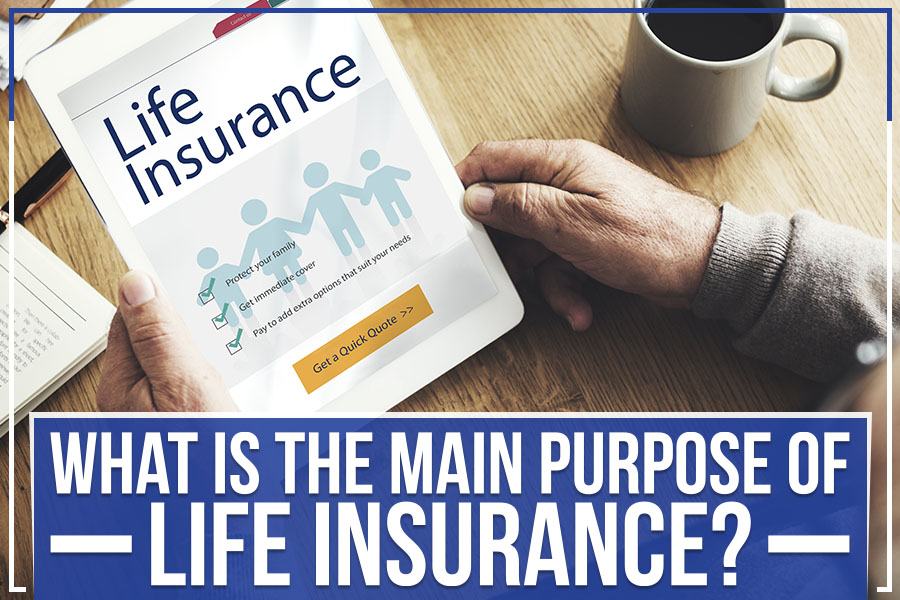Top Guidelines Of Pacific Prime
Top Guidelines Of Pacific Prime
Blog Article
Fascination About Pacific Prime
Table of ContentsPacific Prime Things To Know Before You BuyUnknown Facts About Pacific PrimeThe Best Guide To Pacific PrimePacific Prime Can Be Fun For AnyoneThe Ultimate Guide To Pacific Prime

This is since the information were collected for a period of strong financial efficiency. Of the estimated 42 million people that were uninsured, almost about 420,000 (regarding 1 percent) were under 65 years old, the age at which most Americans become qualified for Medicare; 32 million were grownups between ages 18 and 65, about 19 percent of all grownups in this age; and 10 million were kids under 18 years of age, regarding 13.9 percent of all youngsters (Mills, 2000).
These quotes of the variety of persons uninsured are produced from the yearly March Supplement to the Current Population Survey (CPS), performed by the Census Bureau. Unless otherwise kept in mind, nationwide price quotes of people without medical insurance and proportions of the population with various kinds of protection are based upon the CPS, the most widely utilized source of price quotes of insurance protection and uninsurance rates.
What Does Pacific Prime Mean?

Still, the CPS is specifically useful because it generates annual quotes fairly swiftly, reporting the previous year's insurance policy protection approximates each September, and because it is the basis for a regular collection of quotes for more than two decades, permitting analysis of patterns in protection over time. For these factors, in addition to the extensive use the CPS in various other research studies of insurance policy protection that are provided in this report, we count on CPS estimates, with constraints noted.

The price quote of the number of without insurance people broadens when a populace's insurance policy status is tracked for a number of years. Over a three-year duration starting early in 1993, 72 million individuals, 29 percent of the U.S. https://pacificpr1me.start.page. populace, were without coverage for at the very least one month. Within a single year (1994 ), 53 million individuals experienced a minimum of a month without coverage (Bennefield, 1998a)
6 out of every ten without insurance adults are themselves employed. Working does improve the likelihood that one and one's household members will have insurance, it is not a guarantee. Also members of family members with two permanent breadwinner have nearly a one-in-ten chance of being without insurance (9.1 percent without insurance rate) (Hoffman and Pohl, 2000).
Things about Pacific Prime
New immigrants represent a significant percentage of people without wellness insurance. One analysis has associated a significant part of the current growth in the size of the U.S. uninsured population to immigrants who showed up in the nation between 1994 and 1998 (Camarota and Edwards, 2000). Recent immigrants (those who pertained to the USA within the previous four years) do have a high rate of being uninsured (46 percent), however they and their kids represent just 6 percent of those without insurance policy nationally (Holahan et al., 2001).
The relationship between medical insurance and access to care is well established, as recorded later on in this chapter. Although the partnership between medical insurance and health and wellness end results is neither straight neither straightforward, a comprehensive scientific and health services research literature links medical insurance protection to enhanced access to care, better high quality, and enhanced personal and populace wellness condition.
Levels of analysis for checking out the results of uninsurance. This discussion of health insurance policy coverage concentrates primarily on the united state populace under age 65 because virtually all Americans 65 and older have Medicare or various other public coverage. It focuses specifically on those without any type of wellness insurance for any type of size of time.
The Best Guide To Pacific Prime
The problems dealt with by the underinsured are in some areas comparable to those encountered by the without insurance, although they are usually much less severe. maternity insurance for expats. Uninsurance and underinsurance, nonetheless, involve clearly various plan problems, and the techniques for addressing them might vary. Throughout this research study and the 5 reports to follow, the main emphasis gets on individuals without any medical insurance and thus no aid in spending for health and wellness care past what is offered through charity and safety internet establishments
Health and wellness insurance is an effective aspect impacting receipt of treatment because both people and physicians reply to the out-of-pocket cost of services - https://www.intensedebate.com/profiles/pacificpr1me. Medical insurance, however, is neither essential neither adequate to get to clinical services. Nonetheless, the independent and straight impact of medical insurance coverage on access to health solutions is well established.
Others will get the health care they require even without health insurance, by spending for it expense or seeking it from providers who supply treatment free or at very subsidized rates. For still others, wellness insurance alone does not ensure invoice of care as a result of various other nonfinancial barriers, such as a lack of health treatment service providers in their neighborhood, minimal access to transportation, illiteracy, or linguistic and cultural distinctions.
How Pacific Prime can Save You Time, Stress, and Money.
Formal research about without insurance populaces in the USA dates to the late 1920s and very early 1930s when the Board on the Price of the original source Healthcare created a series of records regarding funding medical professional office sees and hospitalizations. This problem ended up being prominent as the varieties of medically indigent climbed up throughout the Great Clinical depression.
Report this page